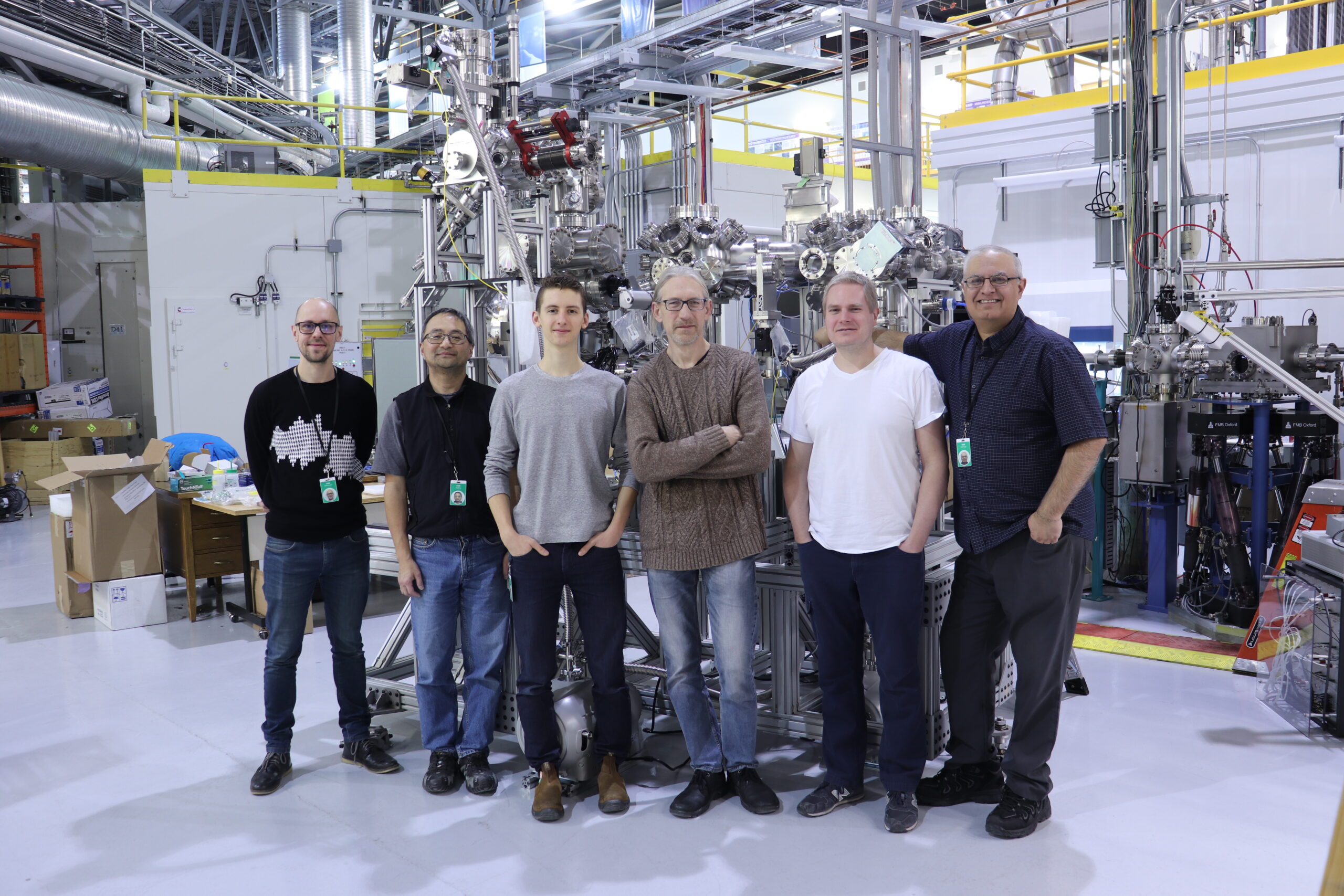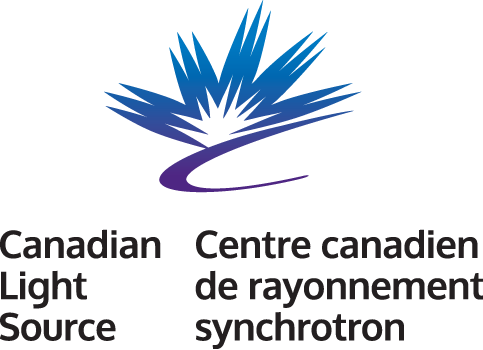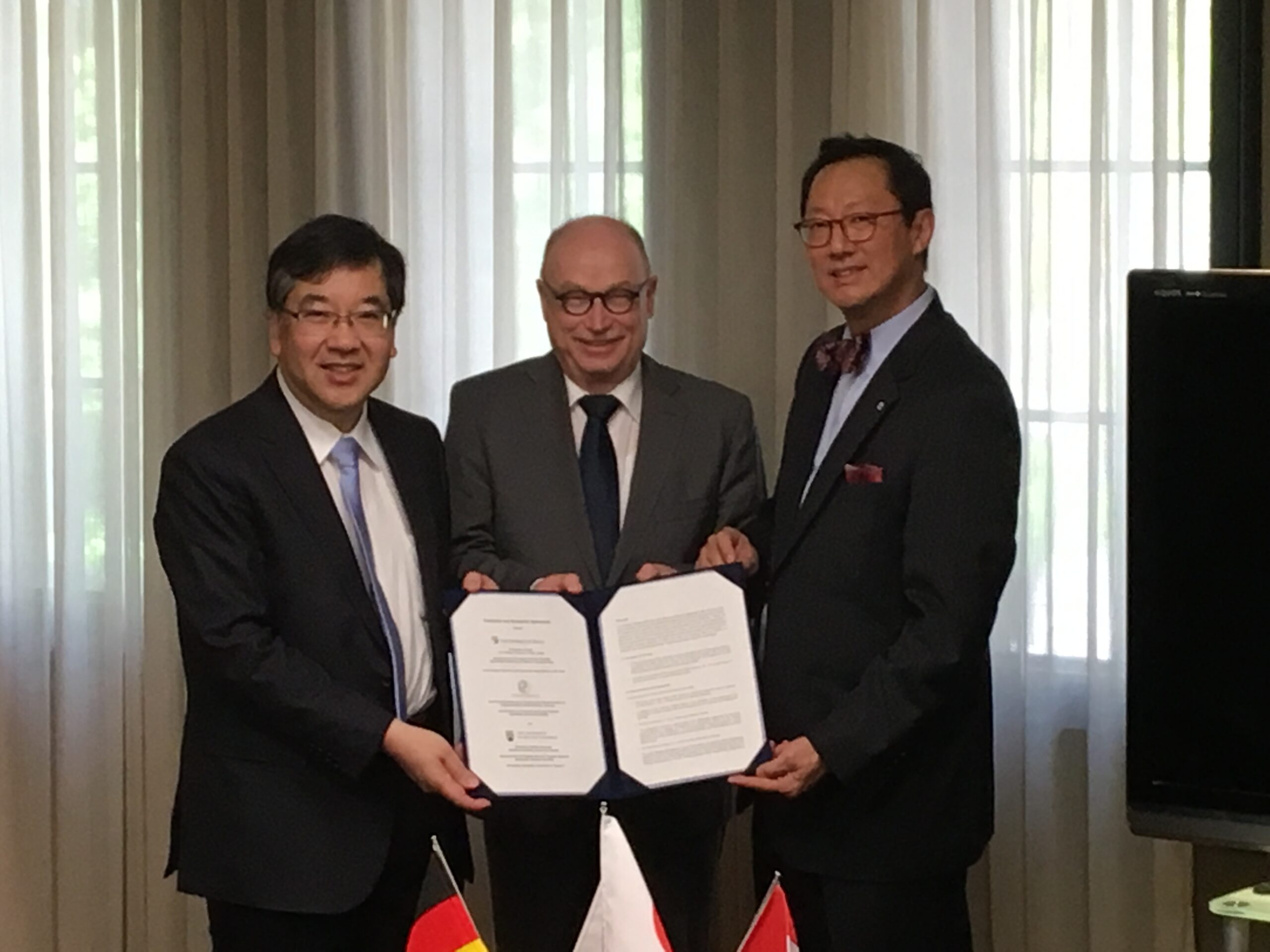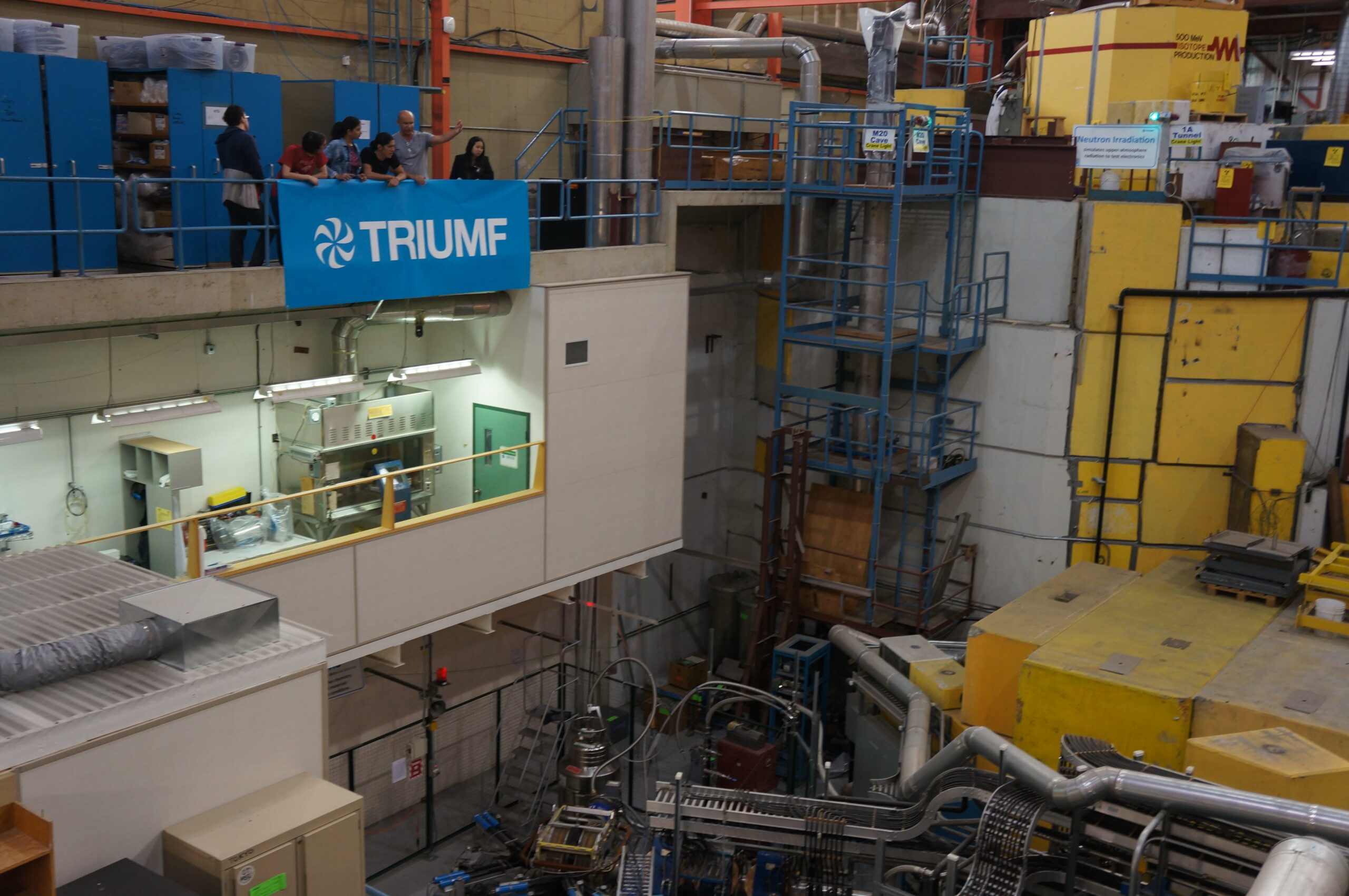

Canadian Light Source
The Canadian Light Source (CLS) is Canada’s national centre for synchrotron research. Officially opened in 2004, researchers use the light source facility to collect information about materials at the molecular level – to probe the matter and analyze physical, chemical, geological and biological processes.
The CLS mandate is to grow the synchrotron research community within Canada while being responsive to its needs. To ensure excellence and novelty in the research conducted at CLS, access to the beamlines is determined through a peer-review process. Our faculty enjoys priority access at the CLS. In fact, we have developed, and operate, two beamlines at the CLS.
Andrea Damascelli is currently leading the effort to build the Quantum Material Spectroscopy Centre (QMSC) at the CLS. The $16 million national effort, funded in part by the Canada Foundation for Innovation New Initiatives Fund, will be a state-of-the-art beamline facility dedicated to performing spin- and angle-resolved photoemission spectroscopy to provide a complete high-resolution snapshot of the low-energy electronic and magnetic structure of materials.
Also funded in part by the Canada Foundation for Innovation, George Sawatzky led the effort to build the Resonant Elastic and Inelastic Soft X-Ray Scattering (REIXS) beamline at the CLS. Commissioned in 2012 and now fully operational, this advanced system reveals the electronic and magnetic structure with nanometer resolution at or below the surface of a sample with unrivalled sensitivity suitable for complex transition-metal oxide crystals, interfaces and heterostructures.
Our work with, and at, CLS plays an important role in many of our discoveries and research achievements.
For more information, please visit the Canadian Light Source.
Visit Website

